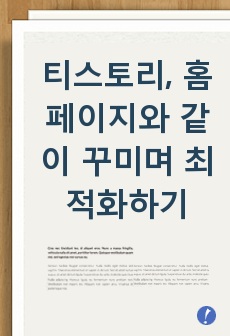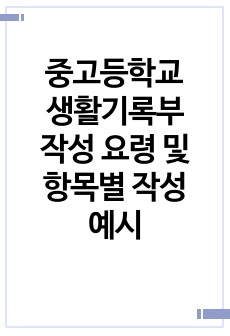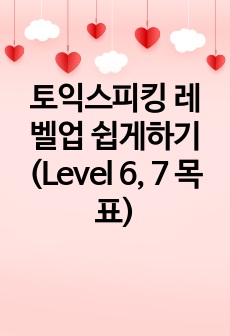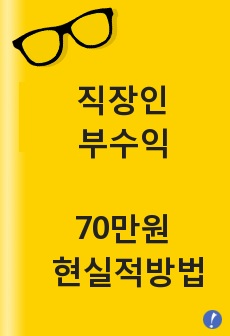가례도감의궤(嘉禮都鑑儀軌)에 나타난 1600년대(年代)의 조선왕조(朝鮮王朝) 궁중(宮中) 가례상(嘉禮床)차림 고(考) -1651년(年) 현종(顯宗) 명성후(明聖后), 1696년(年) 경종(景宗) 단의후(端懿后) 가례동뢰연(家禮同牢宴)-
(주)코리아스칼라
- 최초 등록일
- 2016.04.02
- 최종 저작일
- 1990.03
- 16페이지/
 어도비 PDF
어도비 PDF
- 가격 4,900원

* 본 문서는 배포용으로 복사 및 편집이 불가합니다.
서지정보
ㆍ발행기관 : 한국식생활문화학회
ㆍ수록지정보 : 韓國食生活文化學會誌 / 5권 / 1호
ㆍ저자명 : 김상보, 이성우
영어 초록
To analyze wedding feast dishes of royal prince (1651, 1696) of Choson Dynasty, studied Gare Dogam Euigwae. Historic book 'Gare Dogam Euigwae' discribed wedding feast dishes of king‘s Choson Dynasty. The results obtained from this study are as follows. Dishes were arranged in four kinds of table, the first one called the main table, the second the right side table, the third the left side table, the fourth the confronting side table. Dishes of main table were oil and honey pastry, and fruits (pine nuts, orange, dried persimmon, torreya nuts, dried chestnut, jujube). Dishes of the second table and the third table were oil and honey pastry, and small cake made of honey and rice with patterns pressed in it. Dishes of the fourth table were cooked vegetable (wild ginseng, platy-codon, radish, white gourd melon, ginger), dried slices of meat seasoned with spices (abalone, octopus, shark, pheasant), cooked meat (wild goose, fowl, egg, pheasant, abalone), and fried fish (roe deer, fish, duck, pigeon, sparrow). The main table (同牢大宴床) and the second table (右挾床) stand as a symbol for integrity. The third table (左挾床) symbolize longerity. The fourth table (面挾床) symbolize bearing many young and connubial felicity.
참고 자료
없음
"韓國食生活文化學會誌"의 다른 논문
더보기 (5/10)




